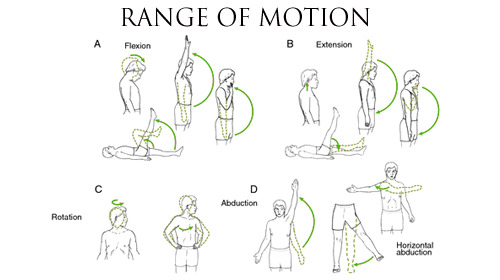Basics – Overview of Assessment
Consider choosing one measure from each of the following domains, depending on the client’s abilities and goals:
Posture
Learn more about RPD, WOD, REEDCO, Flexicurve.
We will talk more about REEDCO and Flexicurve postural assessment during the live webinar.
Physical Performance
Cardiovascular
These will help you determine the client’s baseline abilities so you know what areas you need to focus us and where to start your exercise to ensure it is safe and effective
Useful Tips in Assessment
PICTURES
Pictures can serve as both a comparison measure and motivational tool for patients.
If this is undertaken, the following is recommended:
- Keep the instructions to patient simple
- Find a standard location to take all pictures – keep the camera a standard distance from patient, capturing floor to top of head
- Ask patient to stand in what they consider to be their best posture for initial picture
- Print picture on plain paper – using a standard size (i.e., 5x7)
- If you want to increase the objectivity of comparing subsequent shots, overlay a standard grid printed on an overhead.

BODY HEIGHT
Measuring body height is important – reporting height is notoriously inaccurate. Take three measurements, with the patient walking a short distance between each measurement; and average for a final measure. Use Historical or Prospective Height Loss measure as per outlined in Module content.
RANGE OF MOTION
Standard ROM measurements can be undertaken, with particular care in how the patient is positioned to do these measures. Vertebral column ROM should not specifically be measured except by pictures in standing posture. It may be too dangerous and of no value to measure spinal flexion, lateral bending or rotation considering the fact that a patient could sustain a compression fracture during any of those particular motions. Cervical range of motion measurements may be of questionable value given that most patients typically have forward head posture initially.
